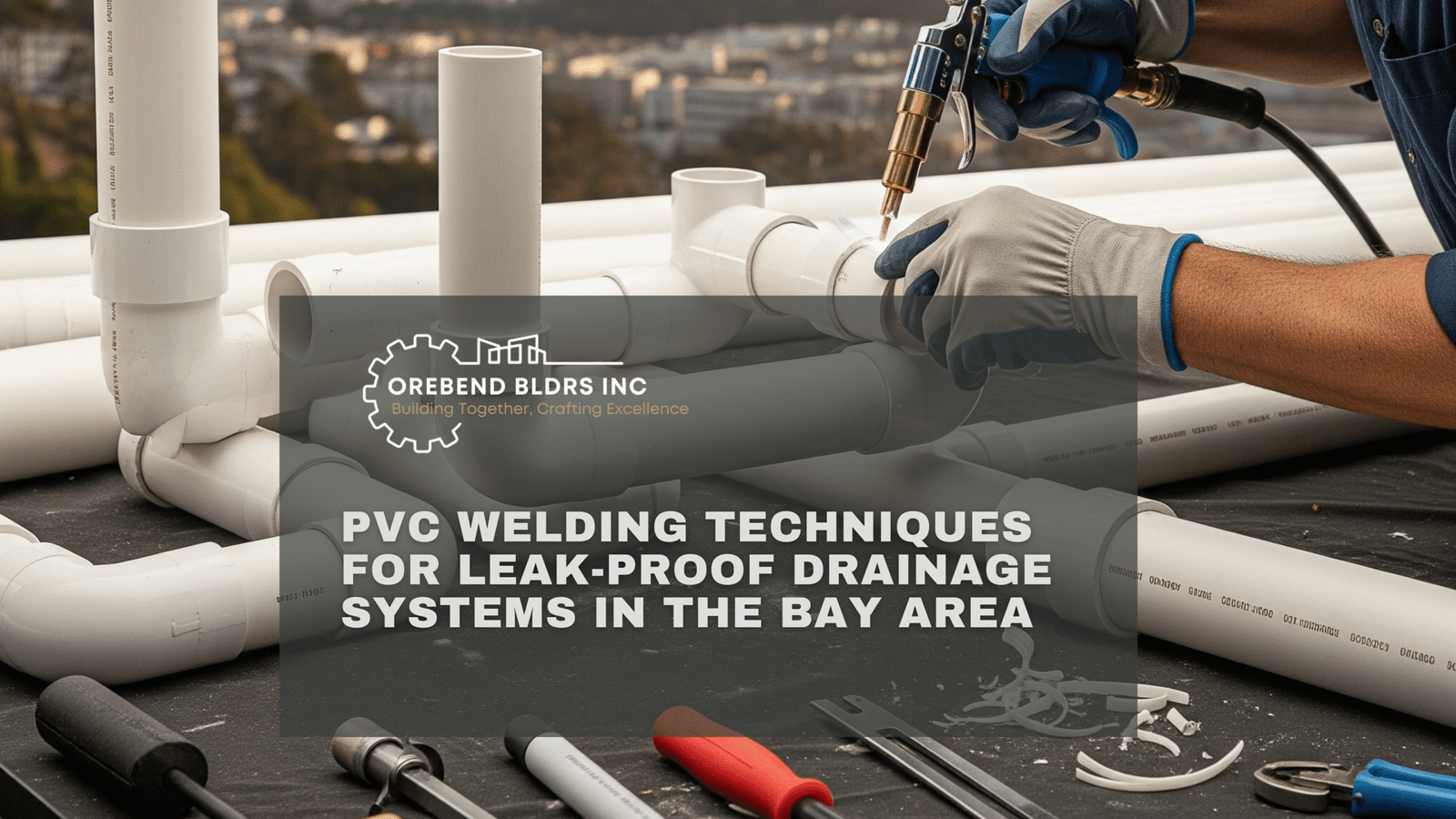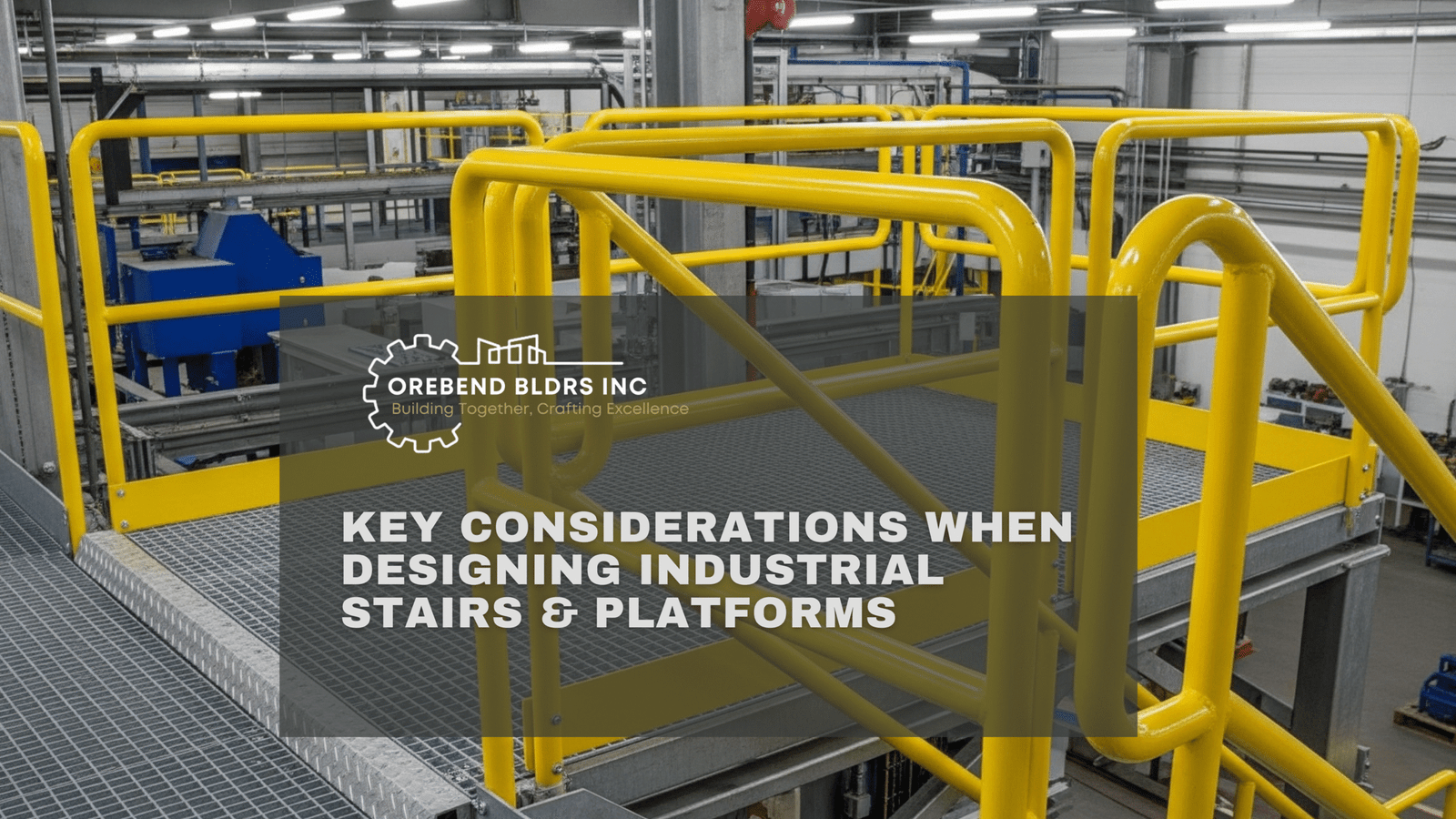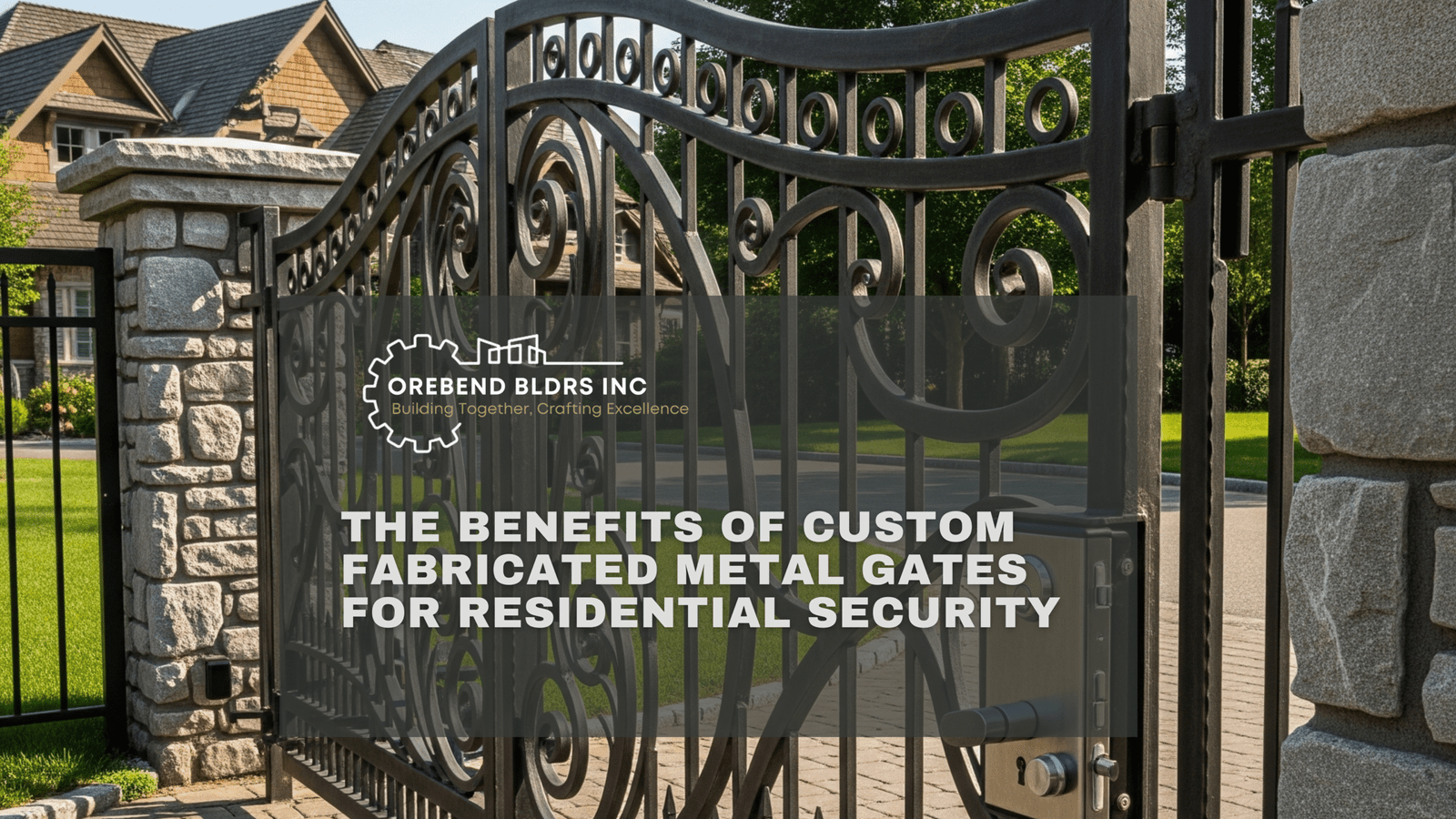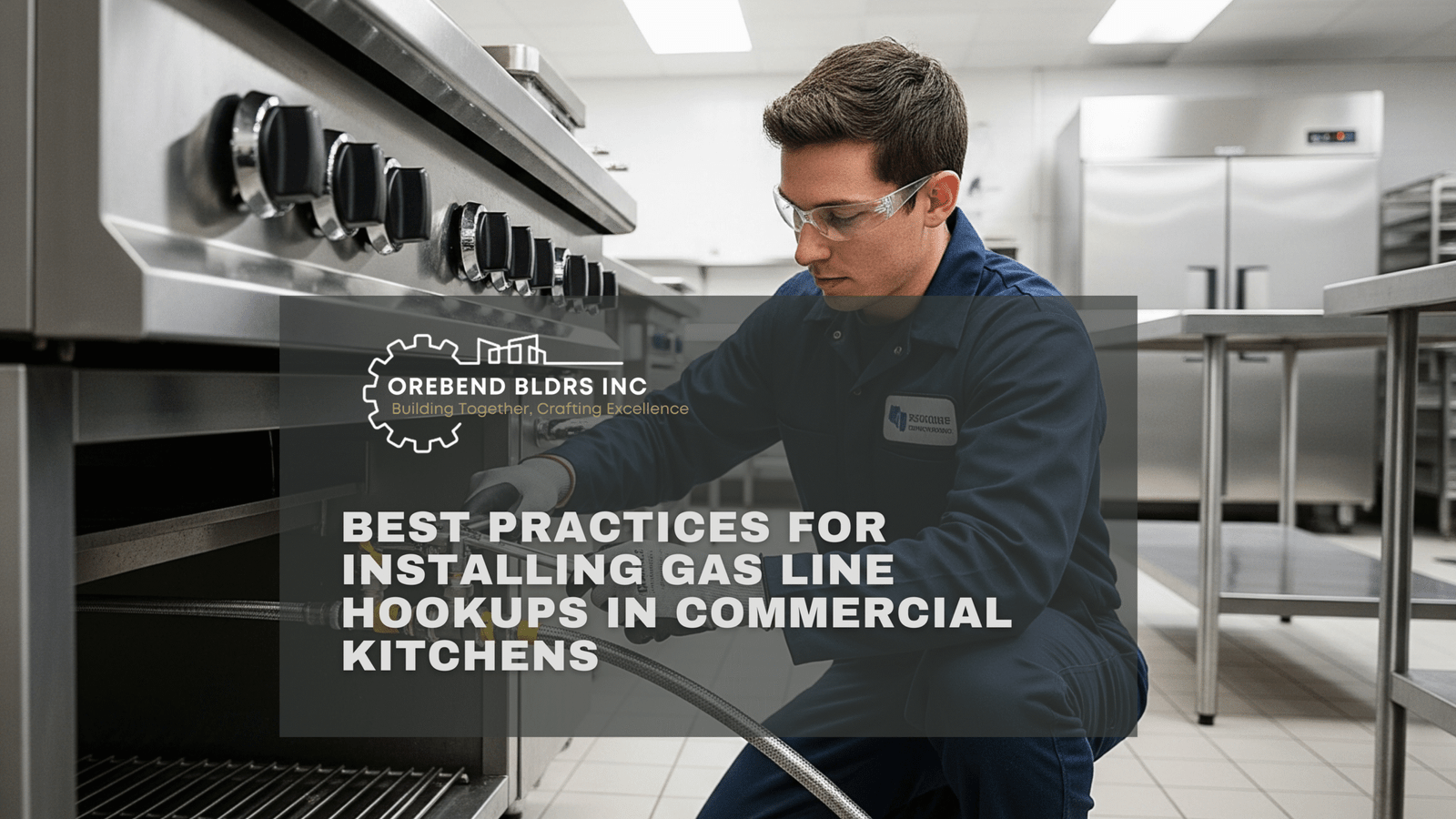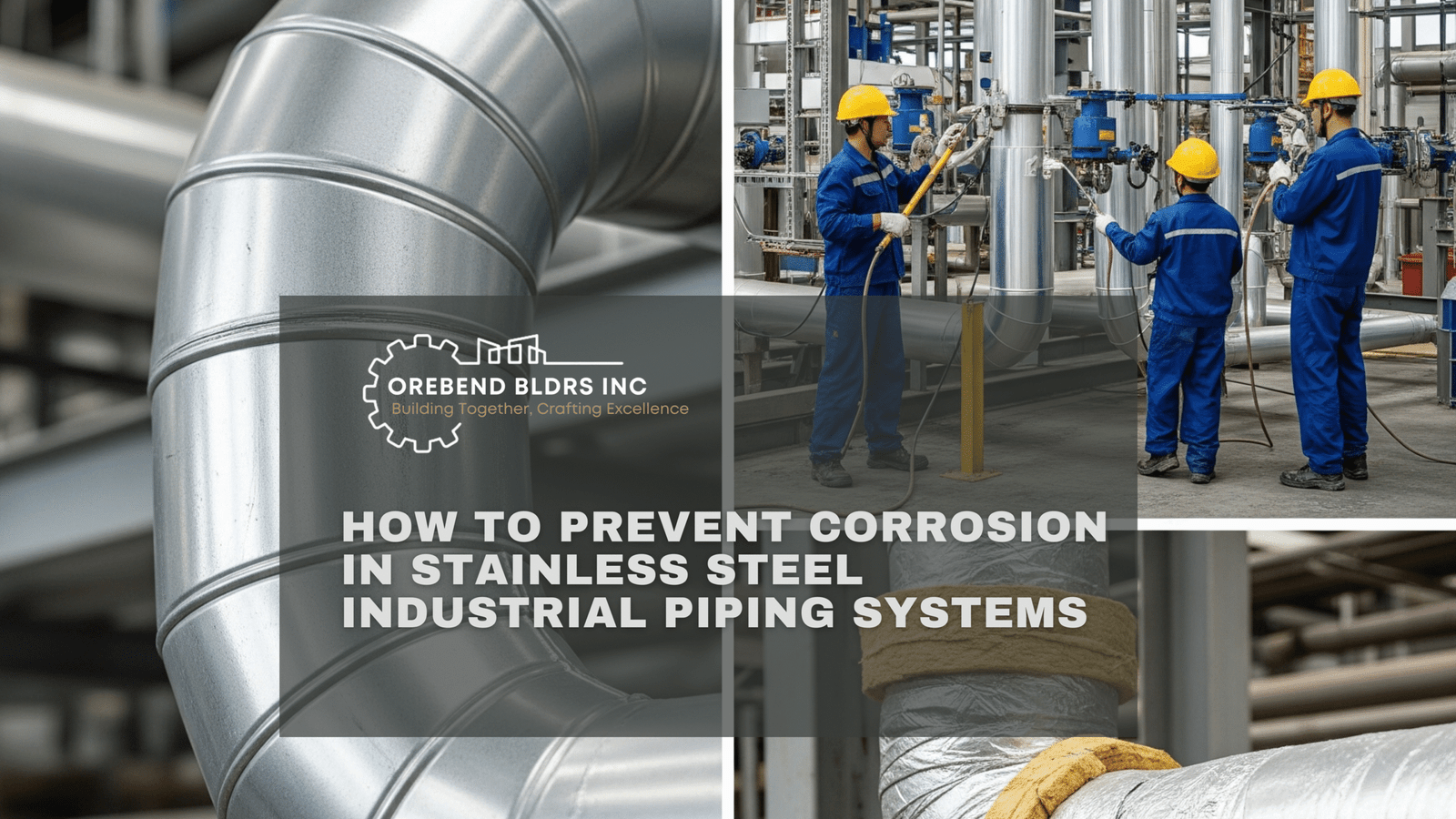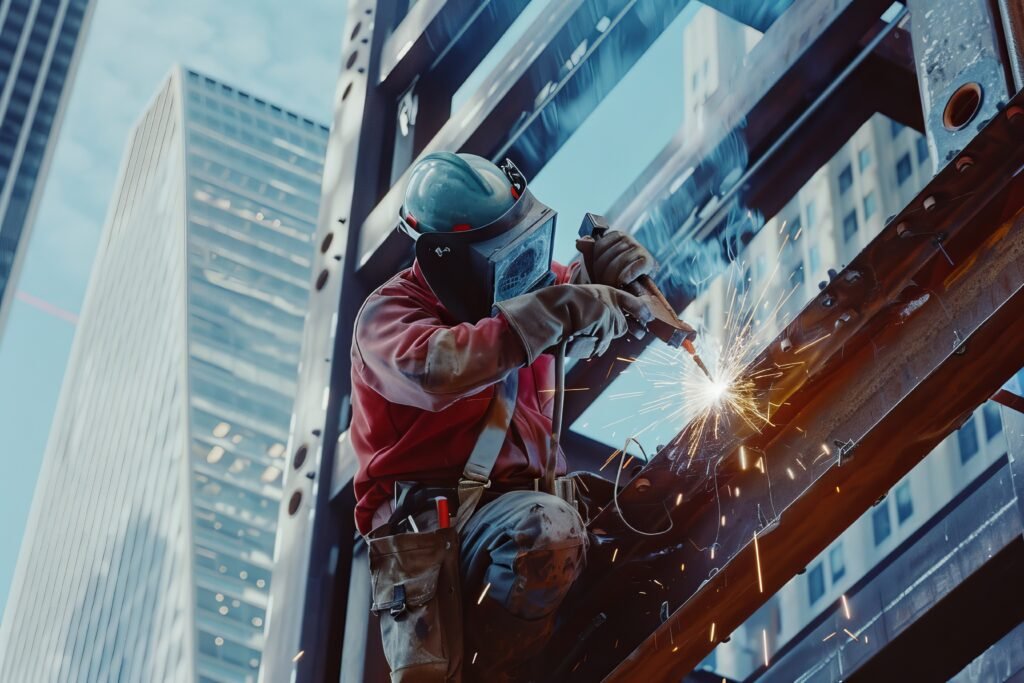
In commercial construction, the strength and durability of a building largely depend on the quality of its core framework. This is where welding and metal fabrication play a critical role. From the steel skeleton to intricate structural reinforcements, these processes ensure that a building can withstand both environmental and operational stresses over time.
Let’s explore how welding and fabrication contribute to the structural integrity of commercial buildings and why they’re vital for safety, longevity, and performance.
1. The Foundation of Structural Steel Framework
Steel is a preferred material in commercial buildings due to its high tensile strength, flexibility, and resilience. Welding and fabrication bring raw steel components together to form a strong, interconnected framework.
How it strengthens integrity:
- Welded joints distribute loads evenly across structures
- Custom-fabricated beams and columns reduce structural weak points
- Enhances the load-bearing capacity of large buildings
Welded steel frames also adapt well to vertical and horizontal expansions, making them ideal for multi-story buildings.
2. Precision and Customization in Fabrication
Fabrication allows for custom-cut steel parts designed to fit perfectly within architectural and engineering specs. Unlike pre-cast or modular materials, fabricated steel is tailored to the specific demands of a building project.
Key benefits:
- Precise alignment of structural elements
- Reduction in material waste and assembly errors
- Stronger load distribution across support points
Custom fabrication ensures that all pieces lock together seamlessly, reinforcing structural balance and minimizing long-term issues like warping or shifting.
3. Enhanced Durability with High-Quality Welds
Welded joints often outperform mechanical fasteners like bolts and rivets when it comes to durability.
Welding advantages:
- Creates continuous, leak-proof bonds
- Resists vibrations, moisture, and corrosion
- Supports structural integrity during natural events like earthquakes or high winds
In high-risk environments (e.g., industrial buildings or warehouses), full-penetration welds ensure that joints remain intact under extreme conditions.
4. Reinforcement of Load-Bearing Walls and Beams
Welding is essential when reinforcing load-bearing elements. It allows for the attachment of additional supports, cross-bracing, or gusset plates, all of which strengthen high-stress zones.
Applications include:
- Retrofitting aging structures
- Supporting new construction add-ons
- Replacing compromised building sections
Welded reinforcements can dramatically extend the life of a commercial structure without the need for complete reconstruction.
5. Fire-Resistant Construction
Fabricated and welded steel offers natural fire resistance compared to wood or composite materials. When treated and installed correctly, steel components slow down fire spread and structural collapse.
Safety perks:
- Maintains shape at high temperatures
- Complies with local and international fire codes
- Often paired with fireproof coatings for added resilience
This makes welding and fabrication an essential part of building fire-safe commercial environments.
6. Flexibility in Architectural Design
Modern architects love steel fabrication because it allows for open layouts, long spans, and innovative shapes—all without sacrificing strength.
Structural perks:
- Fewer interior columns are needed for support
- More usable interior space
- Adaptable to curved or non-linear architectural features
The ability to weld large custom elements gives architects and engineers more freedom while still adhering to structural integrity standards.
7. Quality Control and Certification Standards
Professional welding and fabrication adhere to strict building codes and quality standards, such as those set by AWS (American Welding Society) and AISC (American Institute of Steel Construction).
Why this matters:
- Ensures every weld passes inspection
- Prevents structural failures due to poor craftsmanship
- Certifies that fabricated parts meet engineering requirements
This built-in layer of accountability makes welding and fabrication reliable and consistent across projects of all sizes.
8. Long-Term Maintenance and Retrofit Compatibility
Welded structures are not just strong when built; they’re also easier to inspect, repair, and upgrade.
Maintenance advantages:
- Weld seams are visible and testable
- Easier to reinforce without disassembling large sections
- Compatible with modern sensors and structural health monitoring tools
When building for the future, weldability and adaptability are key.
Conclusion
Welding and fabrication are the backbone of modern commercial construction. They provide the strength, flexibility, and durability required to meet today’s rigorous building codes and environmental challenges. Whether you’re constructing a high-rise office tower or a heavy-duty industrial facility, these techniques ensure your building is built to last.
By investing in quality welding and fabrication services, you’re not just creating a structure, you’re building safety, reliability, and long-term value into the very framework of your business.
